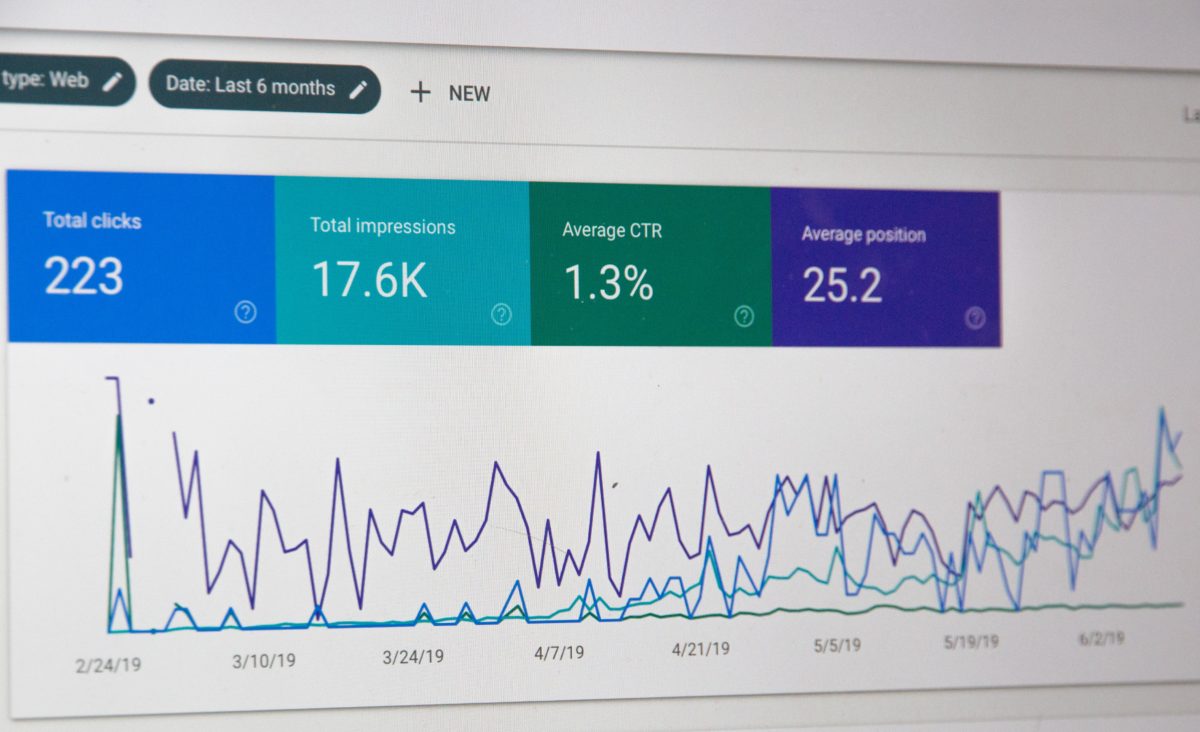There’s a lot to navigate when it comes to SEO. This includes the basic stuff like inputting the right keywords into your content and making sure you add images to your site, as well as less basic stuff like optimizing your metadata and putting a comprehensive backlink strategy into place. Subdomains and subdirectories fall somewhere in the middle — they’re not exactly the first thing that people think of when they consider SEO, but they’re not as complex as they sound either.
Subdomains and subdirectories are used to help organize your site, both for your own purposes and for the purpose of your visitors. And both have their advantages and disadvantages when it comes to SEO. We’ll go over what you need to know about subdomains and subdirectories, including what the difference between them is and which is better for your SEO strategy.
(Note that for our purposes here, we’re going to stick to Google as the search engine we’re optimizing for, since it’s the main player. You may have to tweak your strategy slightly if you’re optimizing for Bing or Yahoo.)
What Are Subdomains?
Subdomains are sites that are related to — but different from — your main site; think shop.yoursite.com or recipes.yoursite.com. The first word of the URL is a descriptor that tells visitors what they’ll find there, and the rest of the URL is what links the page to your brand. Content on a subdomain is separate from content on your main site, and is almost always targeted toward a specific audience and purpose.
Many companies choose to utilize subdomains, since it can be easier to set up and support these types of pages on their own rather than integrating them into a main site. But because they are their own separate entities, they need their own SEO. There’s good news though: the SEO efforts you put in on your main site can strongly benefit the SEO of your subdomain, and vice versa. If you’re already ranking well, a subdomain tied to your brand is going to have a big leg up on the search page, and a high-ranking subdomain will only serve to benefit your main site.
What Are Subdirectories?
Subdirectories are like folders where you organize different parts of your site — for example, yoursite.com/shop and yoursite.com/recipes. They can even go a step further: yoursite.com/shop/sneakers or yoursite.com/recipes/dessert.
Unlike subdomains, subdirectories are not separate entities, though each page does serve a distinct purpose. They’re a way to guide navigation of your site and let users know where they are, existing on both the same server and same software platform as your primary landing page.
Because subdirectories are part of your main site, any SEO efforts you put into them are going to directly affect your overall web presence. As such, a lot of brands choose to go this route — it can be a lot easier to maintain and execute one SEO strategy than juggle two at once.
Okay, But Which is Better for SEO?
Both subdomains and subdirectories can perform well in Google rankings, though there certainly are differing opinions about which choice edges out the other one. In our experience, the best way to go is almost always subdirectories — and for a few good reasons.
Subdirectories present some major advantages when it comes to SEO, including the fact that any SEO gains on a subdirectory page are a direct SEO gain for your main page. So if you’re producing high-quality, keyword-driven content on your subdirectories, your efforts are paying off double.
Another big advantage: subdirectories give you an opportunity to regularly update your site with fresh content. Yoursite.com/blog, for example, has a lot of room for growth and originality, whereas other pages on your site like your “About Us” page and “Contact” page probably don’t. This is a big benefit, since one of the ranking factors that Google considers is how often your site is updated.
When Should I Use a Subdomain Instead of a Subdirectory?
All of this isn’t to say that you can’t excel in SEO if you go with subdomains instead. If you’re putting in effort with your SEO then it should pay off either way, regardless of how you’re organizing your various types of content. So why might you opt for subdomains? They’re a good idea if you want to house different parts of your site on different servers, or if you’re gearing certain pages toward a very specific audience, such as an audience that speaks a different language than your core base.
No matter what, a comprehensive, well-executed, and monitored SEO strategy is going to do good things for your online presence, whether you go with subdirectories or subdomains. Choose the option that makes the most sense for your organizational needs, your budget, and your platform, and as long as you put in the work you should see good results.
